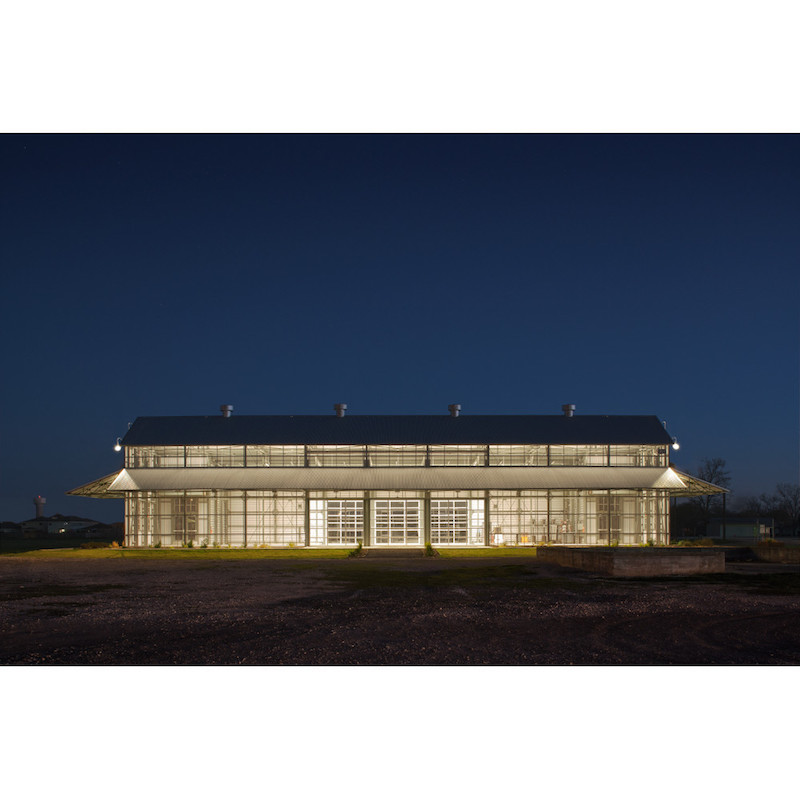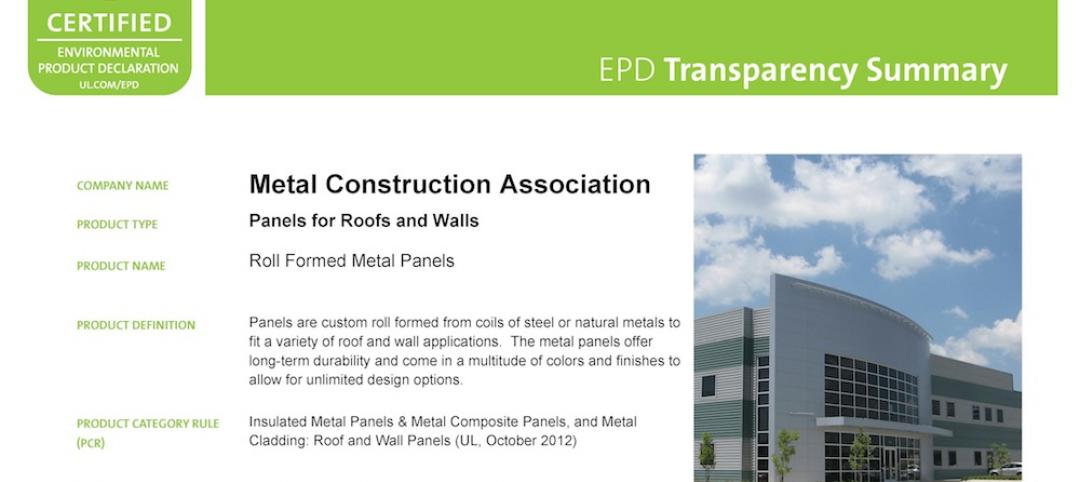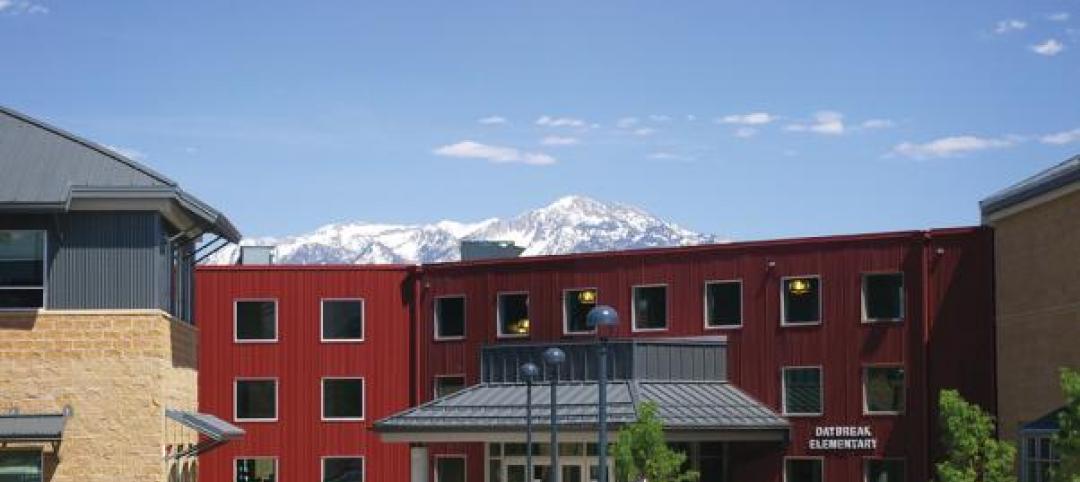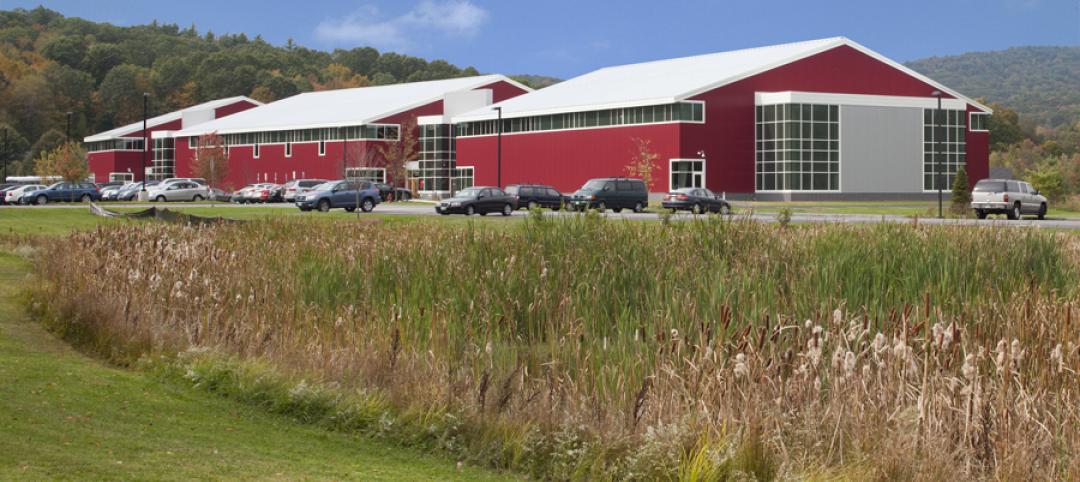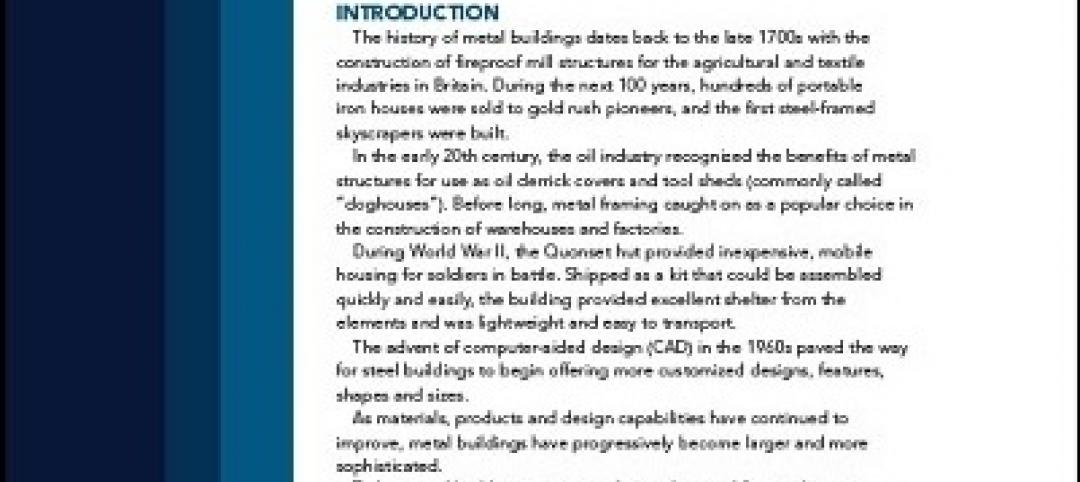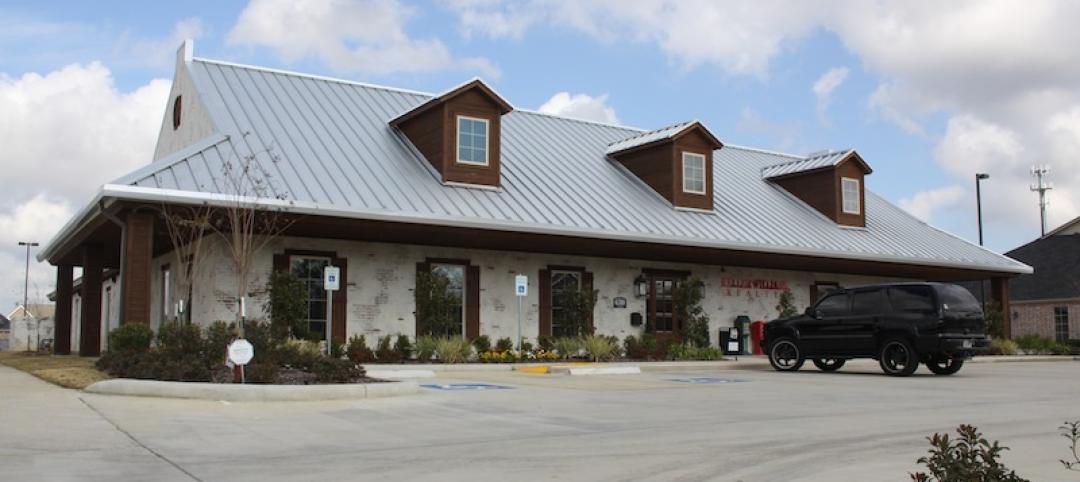Residing on Farley Street in downtown Hutto, Texas, the Hutto Cotton and Grain Co-Op served its namesake community for close to a century. Then, at the turn of the 21st century, Hutto’s population exploded, urging major urban expansion. When the expansion encroached on neighboring farmland, the collection of cotton gins was abandoned for nearly a decade.
In 2012, Hutto city officials asked Austin-based Antenora Architects, LLP to give the facility new life by transforming it into a public event space. The city specified the modern era’s leading sustainability features, but also requested a façade that harkened back to its agricultural roots. The 2008 economic recession severely minimized the project’s scope, but the efficient use of recycled materials and an absence of complex mechanical systems allowed the firm to complete the project with a relatively meager budget of $1 million.
“Their new plan was to use the gins in their current location, with the idea of a pavilion or event hall,” says Michael Antenora, principal of Antenora Architects. “Our design concept tried to preserve the original character of the buildings and make them as eye-catching as possible to be the centerpiece of a new civic block.”
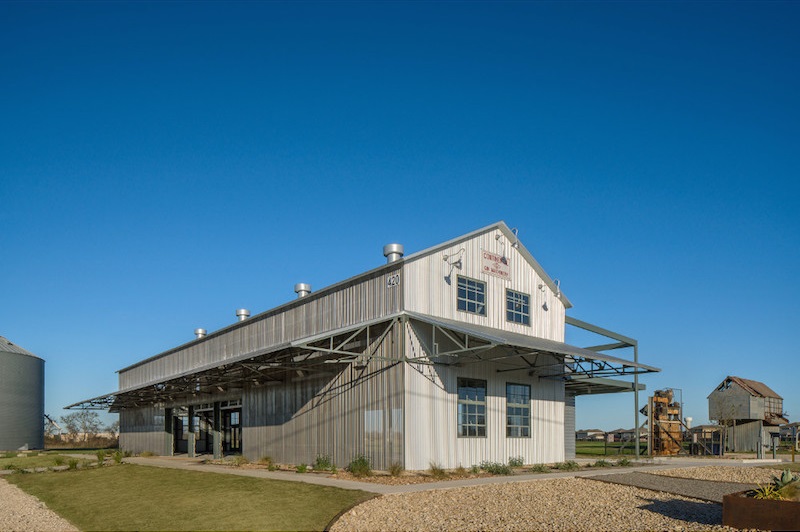 During the day, the Cotton Gin at the Co-Op District’s interior remains cool in spite of the harsh Texas sun
During the day, the Cotton Gin at the Co-Op District’s interior remains cool in spite of the harsh Texas sun
The final product needed to be visually impressive and functional in Texas’s climate. Just as one would apply sunscreen to shield the skin from the scorching sun, Texas buildings must be built with a façade that can withstand the heat.
With this in mind, Antenora Architects specified CENTRIA EcoScreen® perforated screenwalls with a stainless steel finish. EcoScreen panels offer a 10–40 percent open area to control light and air movement while elegantly blending industrial and other applications with their surroundings. Designers relied on interior fans and four rooftop turbines to facilitate air movement throughout the facility.
“Despite the hot Texas sun, it’s actually quite cool inside,” Antenora says.
The stainless steel’s durability and corrosion resistance was an important factor in maintaining functionality and preserving long-term investment.
The team from Antenora Architects was attracted to the dual nature of the stainless steel perforated EcoScreen panels, which serve as both a transparent and reflective surface. The building’s luminous aesthetic is created through a combination of natural and artificial lighting. The complex design creates the appearance of a solid, corrugated wall during daylight hours. In the evening, the light filters through the perforated panels to reveal the interior against a solid backdrop.
Meeting its design, performance and budgetary requirements earned The Gin at the Co-Op District design and construction awards from AIA Austin, the Texas Society of Architects the Association of Builders and Contractors. In addition, the sustainability features of the metal earned the building LEED Silver certification.
Related Stories
| Feb 27, 2014
Metal Construction Association introduces two Environmental Product Declarations
Two Environmental Product Declarations (EPD), one for Metal Composite Material Panels and one for Roll Formed Steel Panels for Roofs and Walls, are now available free of charge from the Metal Construction Association (MCA) on its website.
| Feb 19, 2014
AIA class: The ABCs of IMPs – How to design and build with insulated metal panels
This AIA/CES class offers insight in areas including policies and codes surrounding insulated metal panels, contributions from LEED and tax credits, energy modeling, and business development opportunities available with IMPs. Take this course and earn 1.0 AIA LU/HSW/SD.
| Feb 13, 2014
Why you should start with a builder
They say the best way to eat an elephant is one bite at a time. Expanding your building or constructing a new structure for your business, church, or school isn’t all that different. Attacking it is best done in small, deliberate pieces.
| Feb 6, 2014
New Hampshire metal building awes visitors
Visitors to the Keene Family YMCA in New Hampshire are often surprised by what they encounter. Liz Coppola calls it the “wow factor.” “Literally, there’s jaw dropping,” says Coppola, director of financial and program development for the Keene Family YMCA.
| Feb 5, 2014
CENTRIA Redefines Coating System with Versacor® Elite
The Versacor Elite Coating System is a premium metal coating system that provides the highest level of protection in the harshest climatic or environmental conditions.
| Jan 30, 2014
What to expect in the metal building industry in 2014
Every year brings changes. This one won’t be any different. We’ll see growth in some areas, declines in others. Here’s a little preview of what we’ll be writing about 2014 when 2015 comes rolling in.
| Jan 28, 2014
White Paper: How metal buildings deliver long-term value to schools
A new white paper from Star Building Systems outlines the benefits of metal buildings for public and private school building projects.
| Jan 23, 2014
Think you can recognize a metal building from the outside?
What looks like brick, stucco or wood on the outside could actually be a metal building. Metal is no longer easily detectable. It’s gotten sneakier visually. And a great example of that is the Madison Square retail center in Norman, Okla.
| Jan 13, 2014
Custom exterior fabricator A. Zahner unveils free façade design software for architects
The web-based tool uses the company's factory floor like "a massive rapid prototype machine,” allowing designers to manipulate designs on the fly based on cost and other factors, according to CEO/President Bill Zahner.
| Dec 16, 2013
Is the metal building industry in a technology shift?
Automation is the future you can’t avoid, though you may try. Even within the metal building industry—which is made up of skilled tradesmen—automation has revolutionized, and will continue revolutionizing, how we work.


